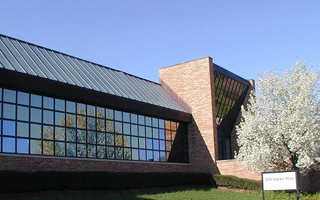Ohio Supercomputer Center Selects IBM To Provide New High Performance Computing Solution
The Ohio Supercomputer Center (OSC) announced today the upgrade of its high performance computing (HPC) capacity with the acquisition of the IBM Cluster 1350. This new system is projected to be one of the top 50 supercomputers in the world, making OSC among the top 10 academic supercomputing centers.
